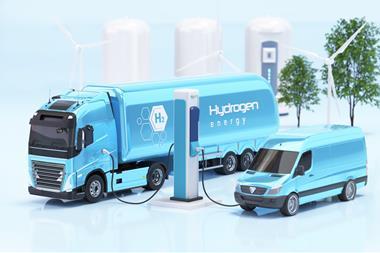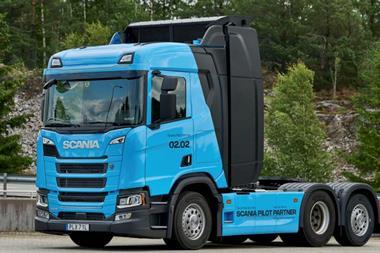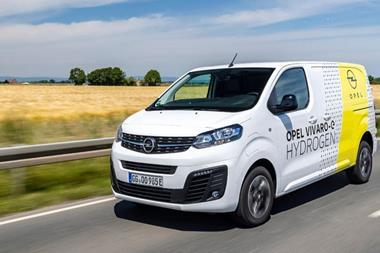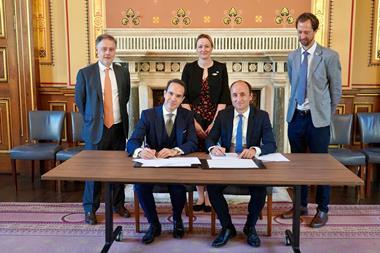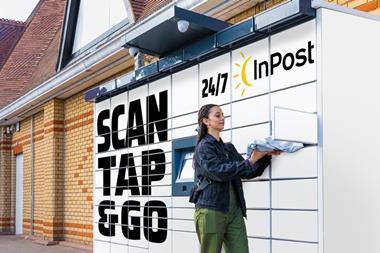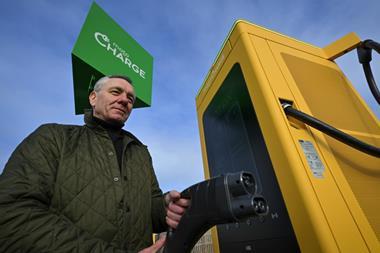
Fuels Industry UK says take-up of hydrogen for transport has been disappointing and that incentives are needed to ensure the environmentally friendly technology fulfils its potential.
In 2021, the Johnson government announced its Hydrogen Strategy and hopes to develop “a thriving low carbon hydrogen sector in the UK”.
Four years on, however, progress feels slow. There are plans for large industrial uses of low-carbon hydrogen by 2030 but plans to use the fuel in houses look doomed with two test villages halted due to public outcry. So where next for hydrogen?
Hydrogen in transport has been around for at least a decade, with hydrogen buses already on the roads in several UK cities, including London and Aberdeen.
With hydrogen fuel cells offering long ranges and fast refuelling, we might expect higher adoption is crucial for sectors where downtime is costly, such as haulage and public transport.
Department for Transport figures indicate there are over 300 hydrogen vehicles in the UK, up from 100 five years ago, but significantly lagging the growth seen for battery electric vehicles and a tiny proportion of the UK’s 36 million vehicle fleet.
Where hydrogen vehicles are being deployed, several companies are leading this shift.
First Hydrogen is involved in developing hydrogen-powered vans and buses, while Hydrogen Vehicle Systems (HVS) is creating a 40-tonne hydrogen-powered heavy goods vehicle, with support from the UK government. The Tees Valley project is another example where the UK is pushing to create hydrogen ecosystems with BP leading the projects to deliver both fossil and renewables-derived hydrogen sources.
Barriers to hydrogen adoption include high infrastructure costs, limited refuelling stations (only seven public stations currently exist, and this has fallen in recent years), and the high cost of producing low carbon hydrogen – although the BP project and an expected blue hydrogen plant at the Stanlow refinery are expected to be funded soon and could be a launchpad from which hydrogen vehicles can more easily refuel.
A further barrier has been uncertainty over policy, with hydrogen use in combustion engines caught up in the back and forth on the expected internal combustion engine ban.
More widely in transport, in both rail and aviation, we are still at the trial stage with companies like Alstom testing hydrogen fuel cell trains to replace diesel trains on non-electrified routes and ZeroAvia testing hydrogen-electric flights, aimed at running short-haul routes. Challenges remain, however.
And beyond the UK, countries like Germany, Japan and South Korea are leading in hydrogen transport adoption, boasting larger fleets and more refuelling stations. Germany, for example, has about 100 public hydrogen fuelling stations and is rapidly scaling up with plans to reach over 400 on main public roads, but as with the UK, expectations from just a few years ago are not yet coming true.
Hydrogen remains an important means to lower carbon emissions in the UK, with the Committee on Climate Change and other such groups identifying need for growth in difficult to decarbonise sectors and hydrogen having its advantages for heavy goods vehicles and similar high duty transport.
The new government committed new funding for the technology in its manifesto, and it will need to follow this up with wider policy incentives for deployment if it is to become more widespread.
For more information on see Fuel Market Review 2024























